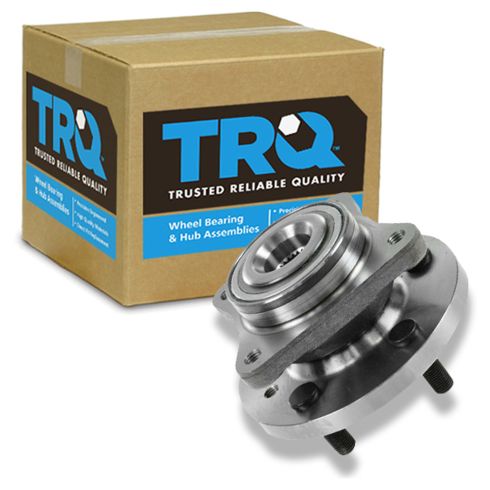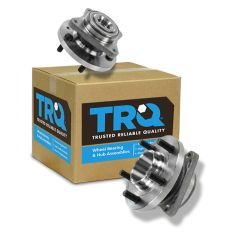1ASHF00236-Land Rover Front Wheel Bearing & Hub Assembly TRQ BHA54036

Replaces
2011 Land Rover Range Rover Sport Front Passenger Side Wheel Bearing & Hub Assembly TRQ BHA54036

Product Reviews
Loading reviews
5.00/ 5.0
3
3 reviews
Lifesaver!!!!
November 9, 2017
Thank you guys for your amazing parts at such reasonable prices and fast shipping !!!!
Perfect fit
November 30, 2019
The hub assembly fit perfectly. No issues with installation.
Hub Assembly
January 27, 2021
This was a great deal. Perfect fit. Ordered in October 2020. No problems thus far Jan. 27th 2021. I will definitely order from A1 again. Thanks!
Customer Q&A
No questions have been asked about this item.
Land Rover is a registered trademark of Jaguar Land Rover Automotive PLC. 1A Auto is not affiliated with or sponsored by Land Rover or Jaguar Land Rover Automotive PLC.
See all trademarks.












